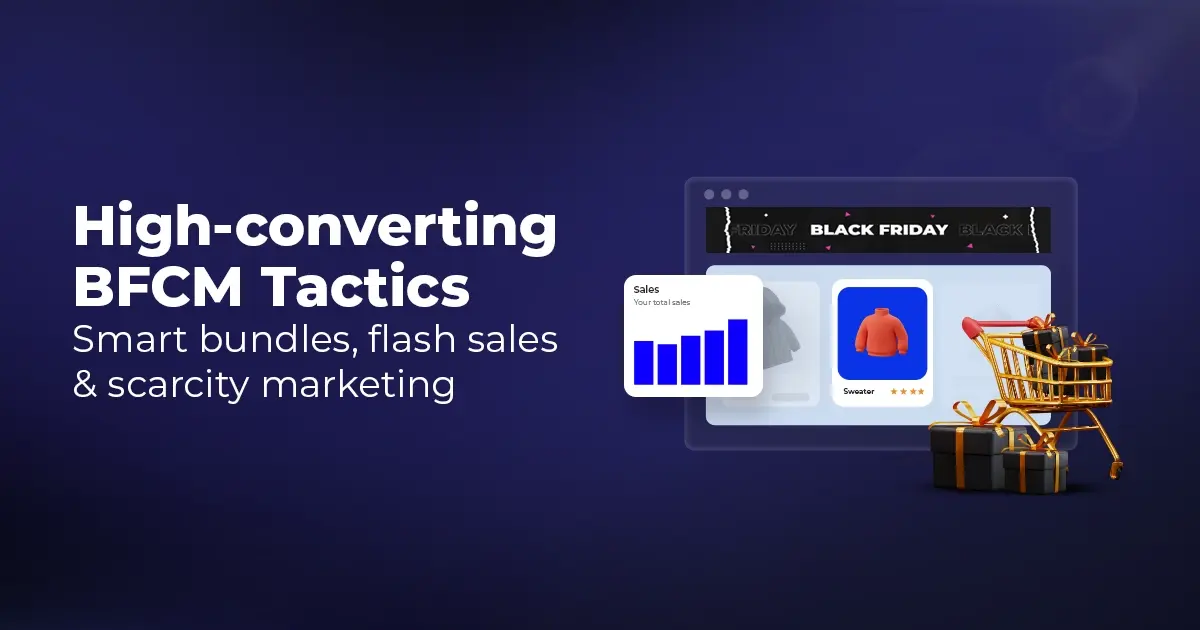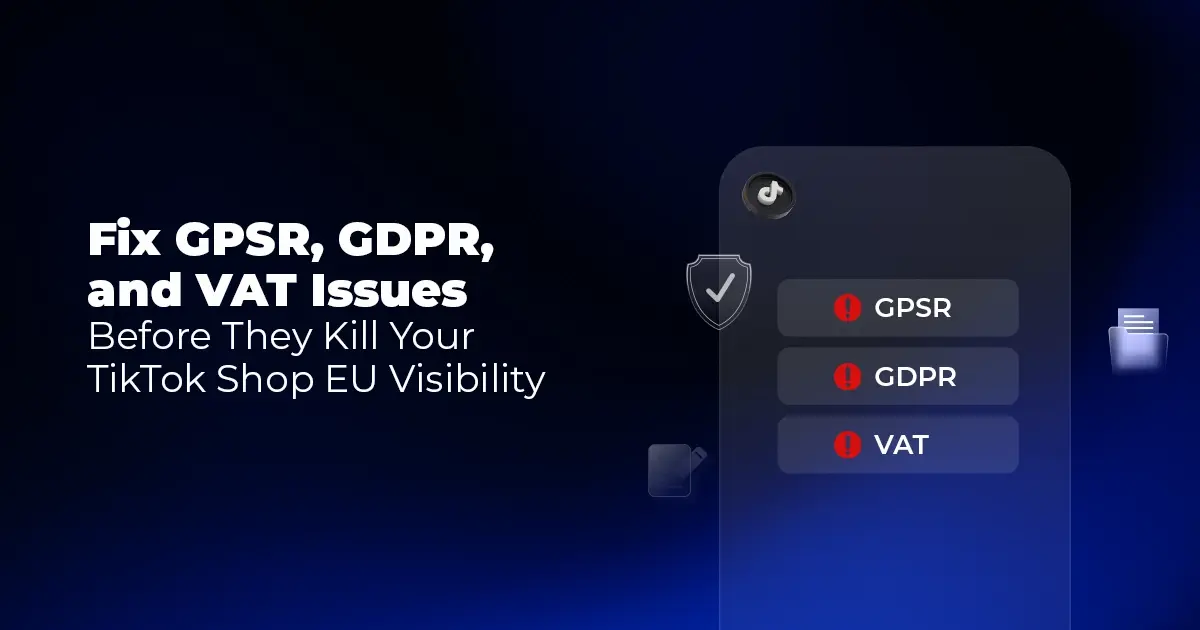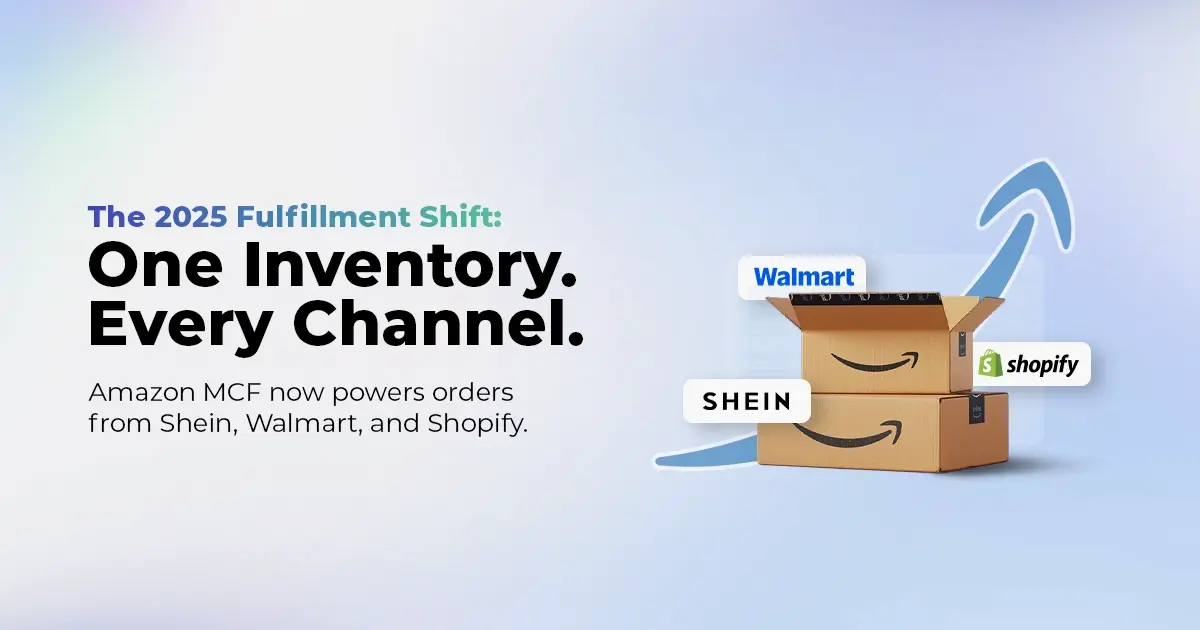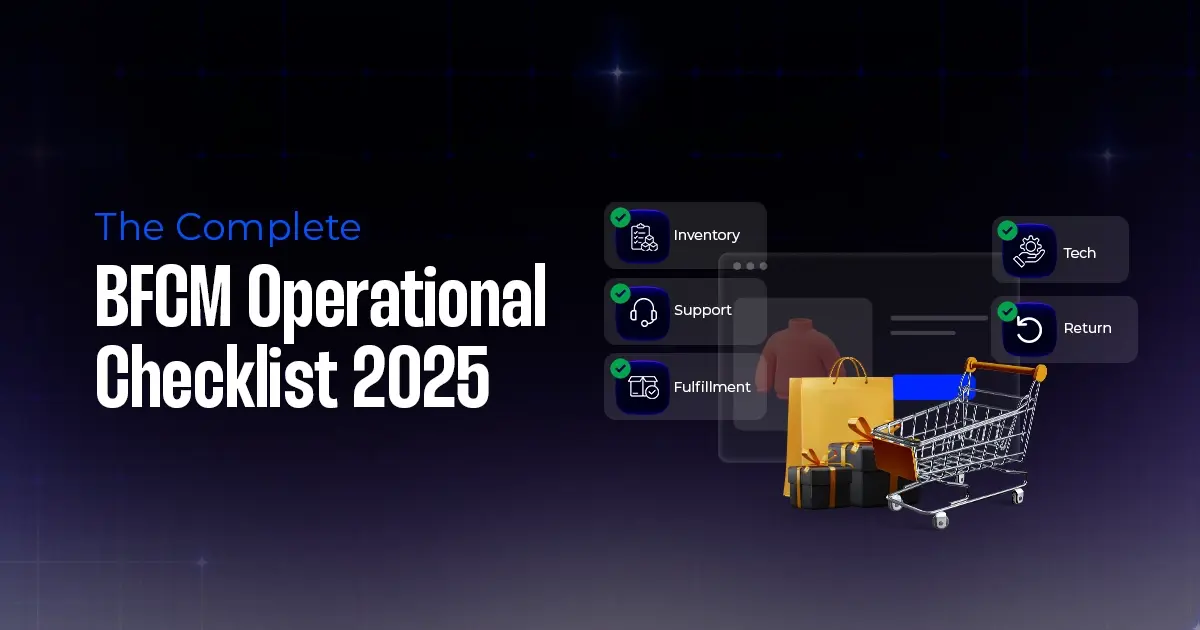Cyber Monday 2025 eCommerce Shatters Records
Reading Time: 3 minutesSummary Cyber Monday 2025 has officially become the largest online shopping day…
When the US de minimis exemption ended in April 2025 and tariffs on Chinese imports spiked, Temu’s marketplace hit a wall. Their ultra-low prices evaporated overnight. Ad campaigns paused. Catalogs shrank. For months, the Chinese marketplace seemed like they’d given up on the US market entirely. But they didn’t leave, they evolved.
Fast forward to Q3 2025: Temu is back among the top downloaded shopping apps in the US, operating with a leaner, smarter, and more diversified strategy. Local US sellers are now a core part of this pivot as Temu builds Western supply chains to stay competitive in a post-tariff trade environment.
Temu’s post-tariff model means new opportunities for Western businesses to tap into its massive customer base. This blog is your guide for selling on Temu in 2025.
Limited-time Temu EU Seller Program Highlight
Don’t miss your chance to break into Temu EU! Claim your FREE guided onboarding session where CedCommerce experts take care of everything: syncing your store, creating listings, and driving your first sale faster.
Temu burst onto the global eCommerce scene in 2022 with one disruptive idea: factory-to-consumer pricing. By eliminating middlemen and shipping directly from Chinese factories, Temu offered shoppers rock-bottom prices and a massive product catalog.
By 2023, it had:
But 2025 tells a very different story.
In April 2025, the US de minimis exemption ended, meaning small-value imports were no longer tariff-free. Tariffs on Chinese goods skyrocketed, forcing Temu to pause its US ad campaigns, remove much of its catalog, and reprice items, some doubling or tripling in cost.
Yet Temu didn’t exit the market. Instead, it pivoted aggressively:
The same transformation unfolded in the EU, where tighter VAT rules and cross-border trade barriers accelerated Temu’s shift toward local seller ecosystems.
“Is Temu only for Chinese factories?”
No. While Temu initially relied heavily on Chinese suppliers, it’s now welcoming local businesses and individuals in the US, UK, and EU to build out its product catalog. This is part of its strategy to avoid import tariffs and shorten delivery times.
“Does Temu operate like Amazon?”
Not quite. Unlike Amazon, where sellers have full control over pricing and fulfillment, Temu retains tight control over retail pricing, marketing, and even fulfillment standards. Sellers need to align with Temu’s operational playbook to succeed.
Temu’s seller program is open to:
“Is Dropshipping allowed on Temu?”
No, Temu does not officially permit or support dropshipping. Although you can technically purchase products from Temu and fulfill orders yourself for your own store, this practice is not officially endorsed.”
| Region | Requirements |
| US | SSN/EIN, local bank account, ability to self-fulfill or use Temu warehouses |
| UK/EU | Registered business entity, VAT ID, local bank account, compliance with local product safety standards |
There’s no invite code or referral needed. For non-Chinese sellers, this is a rare opportunity to gain an early-mover advantage in Temu’s emerging “Western seller ecosystem.”
Getting your products in front of Temu’s massive audience starts with setting up your seller account correctly. This isn’t just a sign-up form; it’s about aligning your business with Temu’s marketplace standards so you can start selling without roadblocks. Here’s how to do it:
For US sellers, Temu has simplified the onboarding process to encourage domestic participation after tariff changes in 2025.
Register directly on the Temu US Seller Portal. No invite code is needed.
Add a store name and profile photo visible to shoppers.
A well-optimized product listing not only helps your items appear in Temu’s search results but also draws in more buyers. Here’s how to get it right:
Need help with your listings optimization for maximum success this BFCM?
Choose between:
Selling on Temu in the EU involves additional steps due to strict tax and trade rules.
Register at Temu EU/UK Seller Portal. Select your EU business location carefully; it determines tax settings and is non-editable later.
Follow strict naming and logo guidelines:
Upload VAT information and configure VCS (VAT Calculation Settings).
If selling cross-border: Upload OSS certificate for tax compliance.
Define fulfillment parameters and exclude regions you can’t serve.
Provide bank details and supporting documents for account owners.
How long does Temu take to approve a seller?
Temu seller account approval can take anywhere from 1 to 3 business days. However, the process can be longer, potentially up to 15-20 business days or more, depending on the volume of applications and the specific details of your business.
Get an expert’s guided onboarding support from scratch to your first order on Temu — all for FREE!
|
Item |
Amount (£) |
|
Retail Price |
£9.99 |
|
Commission (5%) |
£0.50 |
|
Fulfillment (TAF fee) |
£1.00 |
|
Net Revenue per Sale |
£8.49 |
|
Product Cost |
£4.50 |
|
Net Profit |
£3.99 |
How and when does Temu pay sellers?
Temu’s payments are directly deposited into the sellers’ bank accounts. Temu processes payouts weekly or after delivery confirmation, ensuring sellers have a predictable cash flow cycle.
Temu’s search algorithm heavily favors the lowest-priced items in each category. To remain visible without cutting margins to the bone:
Caution: Temu may initially subsidize discounts to attract customers, but sellers should plan for sustainable pricing once these subsidies end.
Temu’s generous 90-day free return policy (for most products) can be challenging for sellers, especially in categories prone to higher return rates.
As your Temu store gains traction, consider strategies to scale without overextending:
Temu can be an excellent channel for budget-friendly SKUs or surplus stock, but it may not suit premium or niche products. To build a resilient business:
Click here to learn about Temu + SHEIN + TikTok Shop: Emerging marketplaces in 2025.

Reading Time: 3 minutesSummary Cyber Monday 2025 has officially become the largest online shopping day…

Reading Time: 2 minutesSummary Amazon kicked off December with two major developments shaping the future…

Reading Time: 2 minutesSummary Walmart has entered December with two major moves that signal a…

Reading Time: 2 minutesBlack Friday 2025 delivered the strongest U.S. eCommerce performance in history, as…

Reading Time: 13 minutesStill approaching BFCM with generic discounts, last-minute price cuts, or scattered promotions?…

Reading Time: 3 minutesTikTok Shop reached a major milestone during its largest U.S. “Global Black…

Reading Time: 3 minutesOpenAI has announced a new AI-powered shopping research tool designed to help…

Reading Time: 9 minutesIf your TikTok Shop listings often sit in review or your visibility…

Reading Time: 3 minutesAmazon has rolled out a new “Seller Challenge” feature for eligible Account…

Reading Time: 3 minutesWalmart Marketplace has sharpened its requirements around product classification (category, type group,…

Reading Time: 3 minutesJust ahead of Black Friday, Amazon is enforcing tighter controls on its…

Reading Time: 11 minutesWhere holiday prep of past years focused on legacy channels like Amazon,…

Reading Time: 11 minutesThe eCommerce shift you actually need to act on Multi-channel fulfillment has…

Reading Time: 10 minutesBlack Friday Cyber Monday (BFCM) isn’t a weekend anymore; it’s a two-month…

Reading Time: 2 minuteseBay is quietly testing a new feature that could reshape how buyers…

Reading Time: 2 minutesAmazon is stepping into a new era of value commerce with the…

Reading Time: 11 minutesThe $240 Billion BFCM Opportunity & Why Operations Matter Every seller, business,…

Reading Time: 7 minutesTL;DR — Your 60-Second BFCM Battle Plan Time remaining: 3 weeks until…

Reading Time: 2 minutesChina’s Double 11 shopping festival — the world’s largest annual online retail…

Reading Time: 2 minutesAs the holiday season approaches, TikTok Shop has released its September 2025…